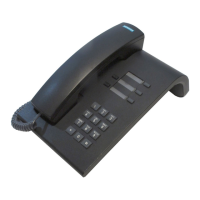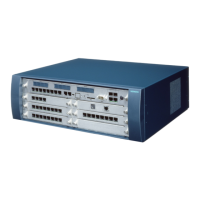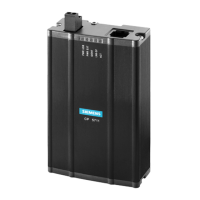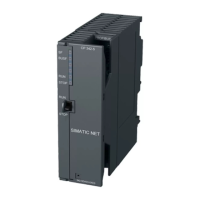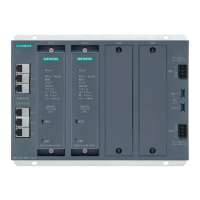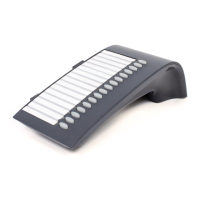Base station BS:
port no. in the SLMC8
Prohibited adjacent BS:
port no. in the SLMC8
0 5
1 6
2 7
When measuring the radio coverage, areas with a large number of MTs must be sufficiently
covered by several base stations as a maximum of 4 calls can be made simultaneously via
one BS. In this case, the minimum distance of 15 RSSI points between base stations must be
observed.
BS in the building grounds
It may be necessary to consider a local installation variant of the connecting cable for the base station
(connecting cable plus 5 m reserve loop).
Radio propagation
Radio propagation (approx. 1.89 GHz) is impaired by the following:
highly attenuating obstacles (walls, dividing walls, ceilings, furniture, steel cabinets, bathroom
units, lifts, wire-reinforced glass, leaded windows, blinds etc.),
reflecting stationary obstacles (brick buildings, steel/concrete buildings, metal-clad buildings),
reflecting, non-stationary obstacles (persons, animals, vehicles).
12.8.2 Propagation conditions for radio traffic
Basics
A knowledge of the propagation conditions for radio traffic in the frequency range for
DECT is helpful for the use of Hicom cordless 150 E.
The PN Training Centre offers a course on this subject, called "Radio Basics".
Radio wave propagation in the DECT frequency range is quasi-optical. This means that a wave is
hindered in its propagation if it hits a solid surface and is more or less reflected in the process.
This reflection depends on the physical properties of the medium.
In the case of conductive materials, the penetration depth into the medium is determined mainly by its
magnetic characteristics and its electrical conductivity.
Media and their physical properties
Metals with good conductivity,
such as copper or steel, for example, for all practical purposes do not allow radio waves to
penetrate in the case of DECT frequencies, but reflect them as a mirror reflects light.
Hicom 150 E Office Rel.1.0 Service Manual - 12 Cordless Multicell Integration CMI
http://cmweb01.mch.pn.siemens.de/e_doku/en/h150/h15/30/sh/2/15_12.htm (24 of 45) [06/04/2000 13:05:56]

